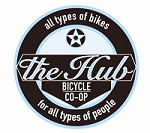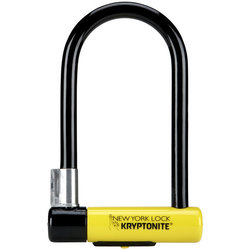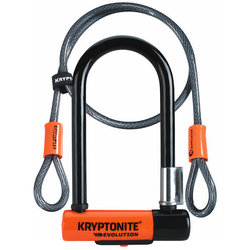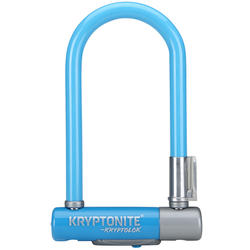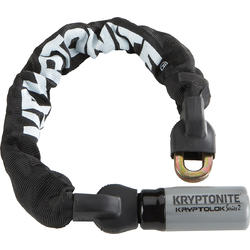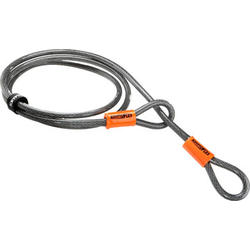Bicycle Security Resources - Stolen Bikes & Theft Recovery

My Bike was Stolen. What Now?
It's a huge disappointment when you realize you've become a victim of bicycle theft. Unfortunately, the reality of current times in the Twin Cities is that bikes are stolen on a daily basis. However, there are many local resources available to help retrieve stolen bikes and reunite them with their rightful owner. None of these resources are guaranteed, but it's a start!
We recommend that you register your bicycle with The City of Minneapolis. Follow this link for online registration and further details.
Stolen Bike Recovery Resources
- If your bike is stolen, we recommend you file a report. That way, if it is recovered, you will be contacted. City of Minneapolis Bike Theft & Recovery page is a useful resource for this.
- To file a report you will need to know the following:
- bike make (brand)
- bike model name
- bike color (and any other identifying characteristics)
- bike serial number
- To file a report you will need to know the following:
- Twin Cities Stolen Bikes facebook group is a great local resource to get the word out and is easily searchable when used correctly. Please follow the guidelines listed in the "cover image" on the group's page when posting about your stolen bike.
- Fill out this form, which will send an email to The Hub's staff to look out for your bike.
- Call other local bike shops and pawn shops that do used bike trade-ins.

Theft Prevention
Unfortunately there is no sure solution to prevent bike theft. Even the highest-security locks can be broken by bolt cutters and angle grinders.
These tips may help deter theft:
- Write down your bike's make (brand), model, color, size, and serial number. Keep this in a safe place for reference when you need it.
- Every bicycle has an individual serial number, often stamped into the underside of the bottom bracket shell. Some older models of bikes have the serial number elsewhere.
- A quick internet search can help you find the location of your serial number (you will need your bike to find the serial number).
- Serial numbers may also be on file from the shop where it was originally purchased. If you cannot find your bike's serial number on your own, contact the shop from where you bought it.
- Use a U-lock to secure your bike frame (and wheels) to a stationary object.
- We recommend you put your lock through both the middle triangle of your bike frame, your wheel, and whatever you’re locking up to.
- Using a cable lock in addition to your U-Lock increases security and can deter theft of your wheels.
<insert image of locked bike frame example: u-lock through middle triangle & wheel, cable through wheels, middle of well-lit public rack>
- It’s best to lock to a bicycle-specific rack, as some cities or neighborhoods have laws about where bikes can and cannot be locked up. Example: bicycles cannot legally be locked to light posts in the city of Minneapolis.
- Sign posts that are shorter than 6’ are not secure enough, as the bicycle can simply be lifted over the post.
- When locking to a row of bike racks, choose a middle rack position, rather than on the end or perimeter.
- Lock your bike in a well-lit and commonly traversed area.
- If you are going to be away from your bike overnight, bring it indoors if possible.
- Even if you're storing your bike in a "secured" or fenced area, a personal lock is still a must! Many people have access to these shared spaces.
- Replace quick-release skewers! Wheel and seat post security can be increased by using bolt-on wheels or seat post collars, or locking security skewers.
- Whenever you leave your bike, be sure to remove your lights, computers, and any bag or accessory that can easily be taken off without a tool.
